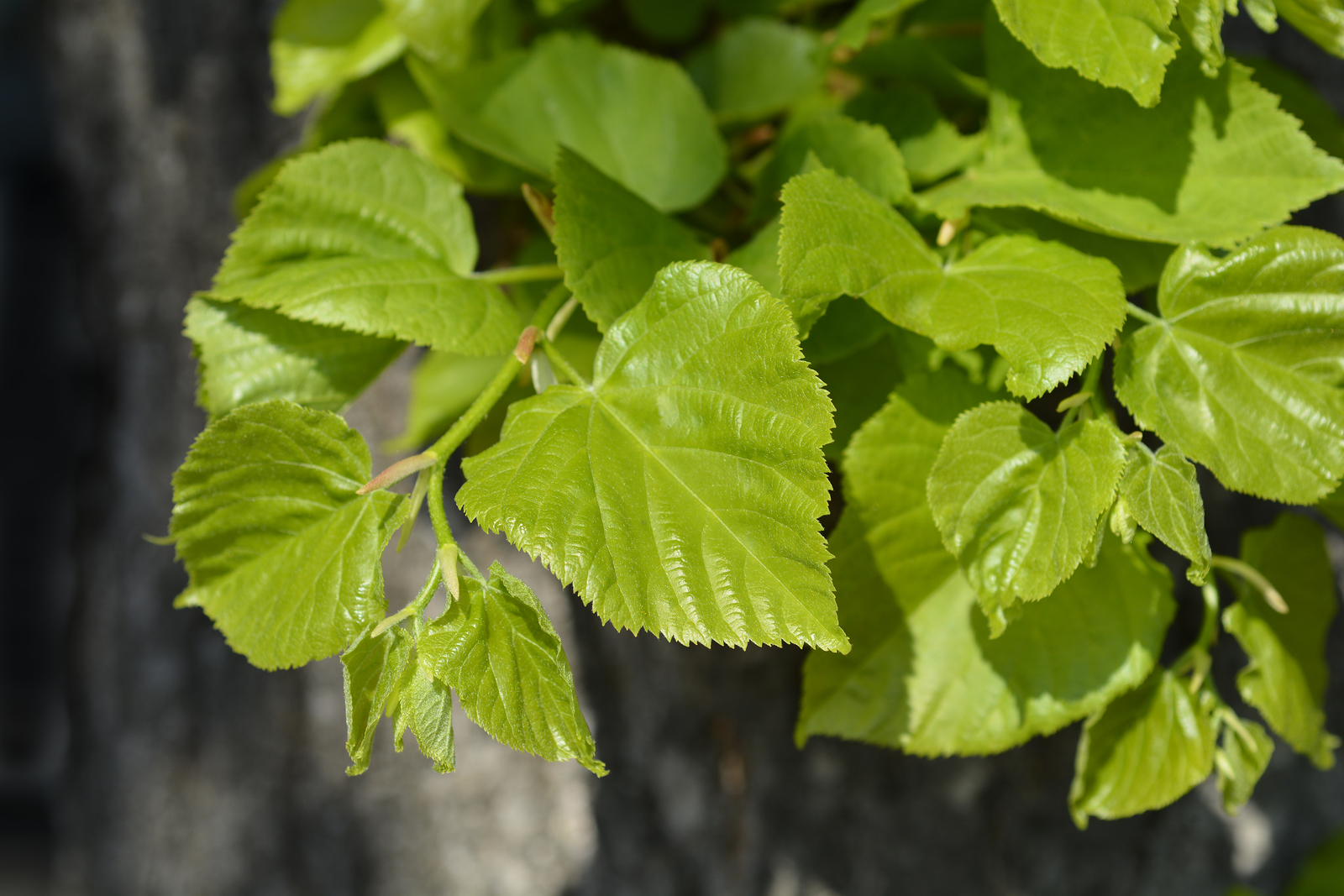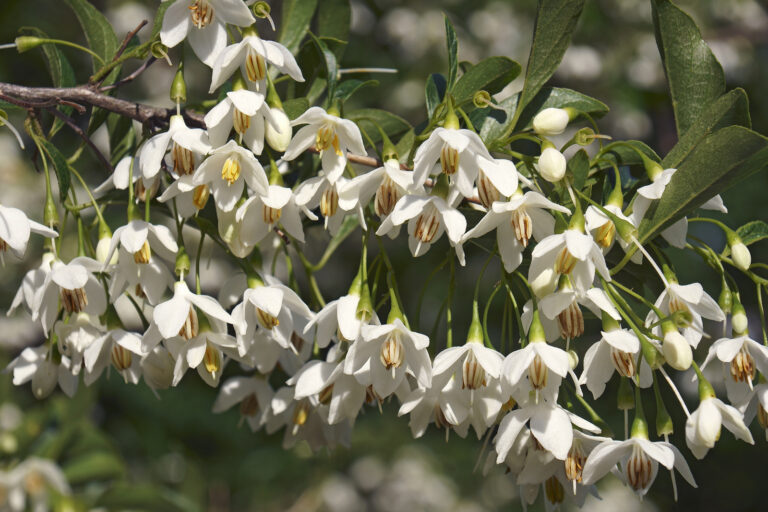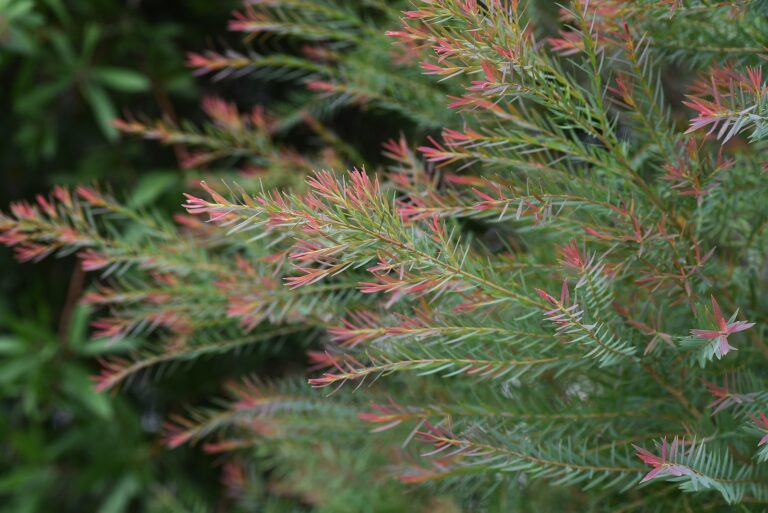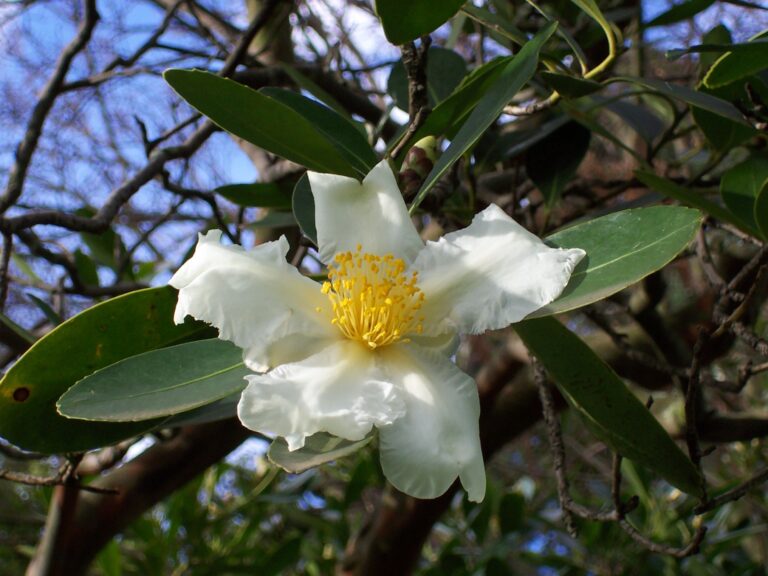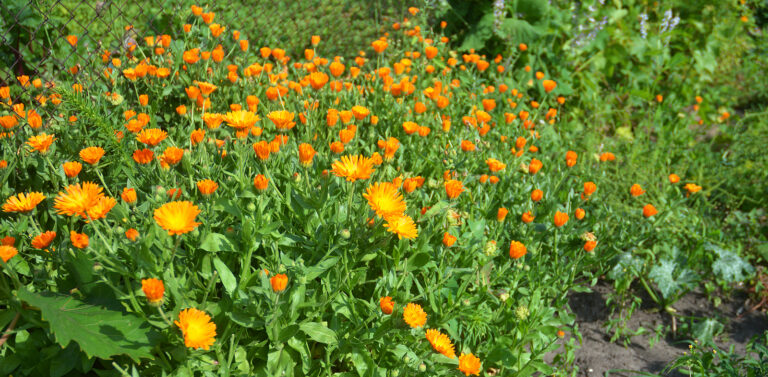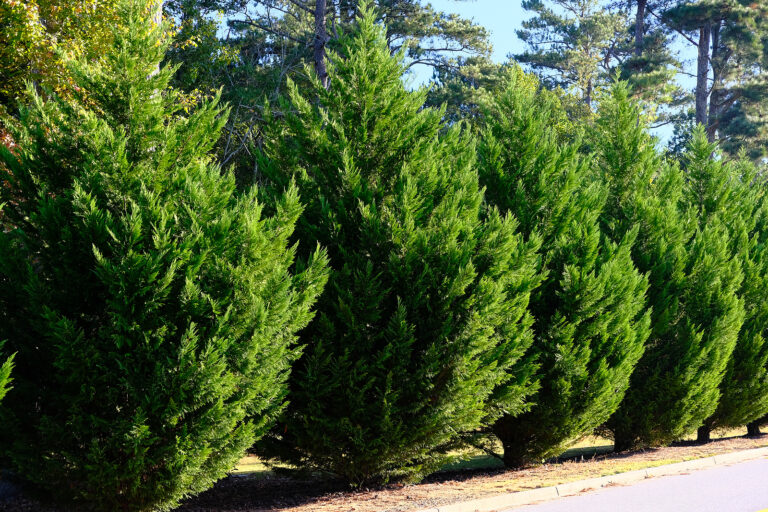How to Grow Linden – Tilia
Tilia—commonly called linden—trees are large, stately deciduous trees that are best suited for large gardens or parks. They grow to 60 feet (20m) tall and 50 feet (15m) wide or more.
Tilia leaves are bright green and are generally heart-shaped with serrated edges. They turn pale yellow in autumns.
Tilia produces small, fragrant pale yellow flowers in summer. Flowers hang in clusters. The flowers are followed by dry, nut-like fruits.
Grow Tilia as a free-standing specimen in a large garden or lawn. Tilia can also be planted as street tree for dappled summer shade.

Get to know Tilia
- Plant type: Deciduous trees
- Growing zones and range: Zones 3 to 8
- Hardiness: Cold hardy; can withstand heat
- Height and width: 60 feet (20m) tall and 50 feet (15m) wide
- Foliage: Irregularly heart-shaped leaves are toothed or lobed with tapered to pointed tips; leaves turn yellow in autumn
- Flowers: Small, fragrant, yellowish-white flowers in drooping clusters; flowers are followed by nutlets each with a papery bract
- Bloom time: Late spring to early summer
- Uses: Street and park trees
- Common name: Linden
- Botanical name: Tilia
- Family name: Tiliaceae
Where to plant Tilia
- Plant Tilia in full sun.
- Grow Tilia in humus-rich, well-drained soil.
- Tilia prefers alkaline to neutral soil.
- Avoid planting Tilia where it will be in a constant breeze.

When to plant Tilia
- Set container-grown plants in the garden in spring or autumn.
- Sow seed in spring or autumn in a cold frame or protected seed bed.
Planting and spacing Tilia
- Space Linden 50 feet (15m) or more apart.
How to water and feed Tilia
- Keep the soil evenly moist.
- Fertilize Tilia with an all-purpose, organic fertilizer in spring.
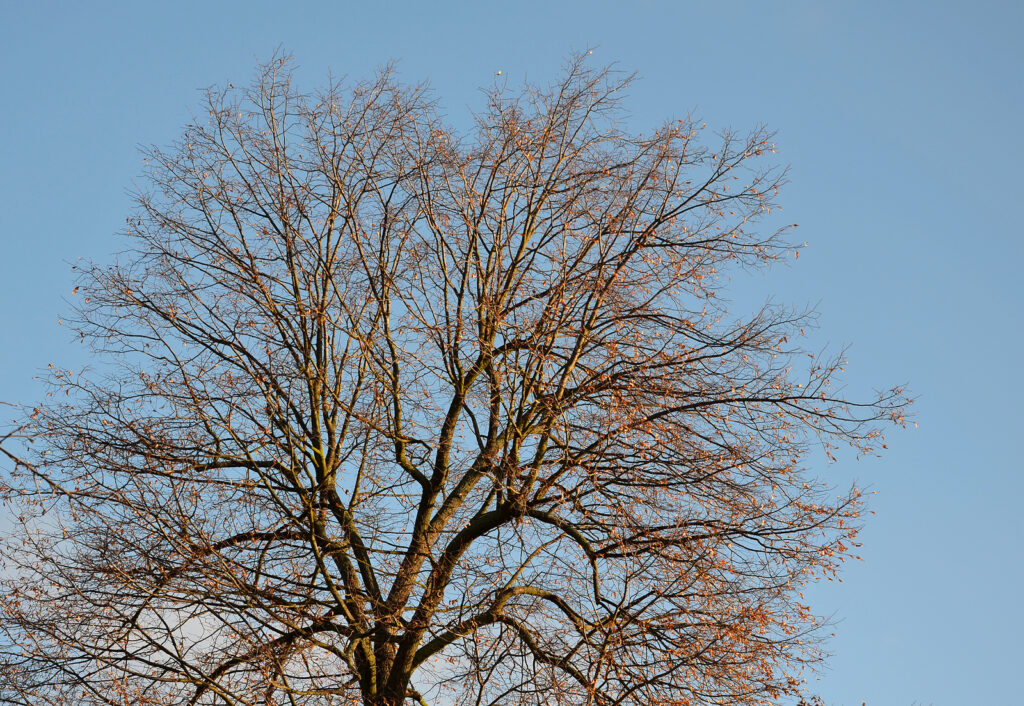
Tilia care
- Stake and shape young trees when young to establish a strong structure; prune older trees to correct problems.
- Remove competing leaders and suckers.
Tilia pests and diseases
- Aphids can cause drip of honeydew and sooty mold.
- Tilia is susceptible to a host of diseases and pests including leaf blight, mildew, verticillium wilt, anthracnose, rust, borers, gypsy moth caterpillars, and Japanese beetles.
Tilia propagation
- Stratify seed for 3 to 5 months before sowing in container in a cold frame in spring or sow seed when ripe in autumn.
- Root semi-ripe cuttings in summer or layer in winter.
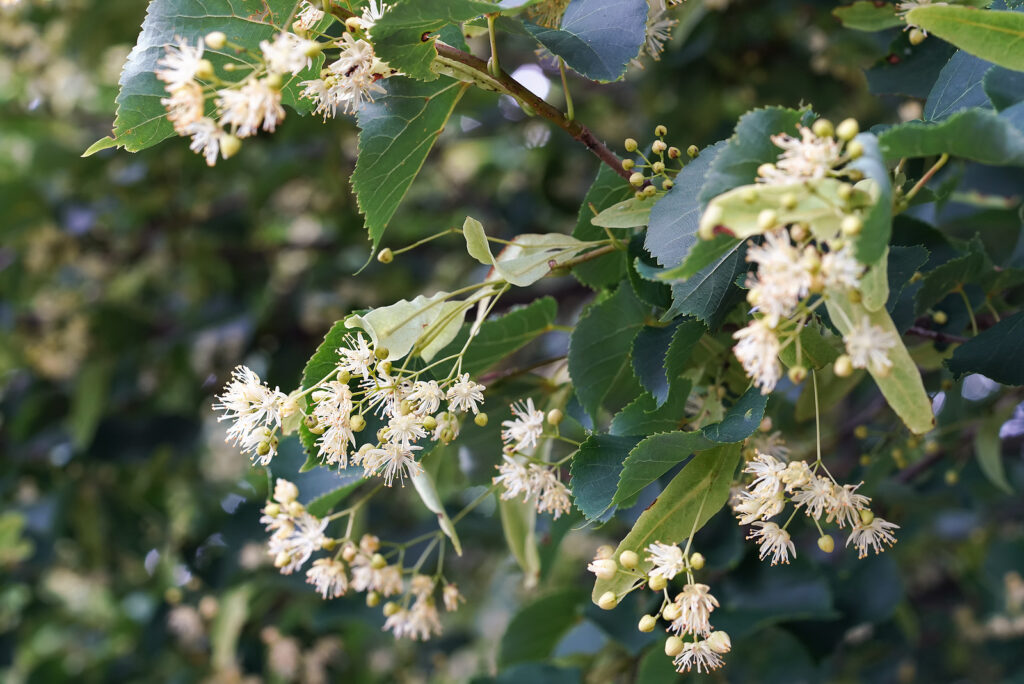
Tilia varieties to grow
- Tilia americana, American linden, basswood: Grows 60 to 80 feet (18-24m) tall and 30 to 50 feet (9-15m) wide; straight trunk with narrow crown; dull dark green leaves to 6 inches (15cm) long and nearly as wide; ‘Redmond’ is a pyramidal form; T. heterophyllla, white basswood, is less cold hardy.
- T. cordata, little-leaf linden: Most cold hardy linden; dense pyramid to 70 feet (21m) tall; dark green leaves are silvery beneath; good lawn tree; tolerant of urban conditions; cultivars include ‘Chancellor’, ‘Glenleven’, ‘Greenspire’, ‘June Bride’, and ‘Olympic.’
- T. euchlora, Crimean linden: Grows 40 to 60 feet (12-18m) tall and half as wide; slightly pendulous branches; glossy green leaves to 4 inches long; casts more shade than T. cordata.
- T. heterophylla: This species has merged with T. americana.
- T. tomentosa, silver linden: Grows 50 to 70 feet tall and about half as wide; 5-inch leaves are light green above and silvery beneath; heat and drought tolerant.

